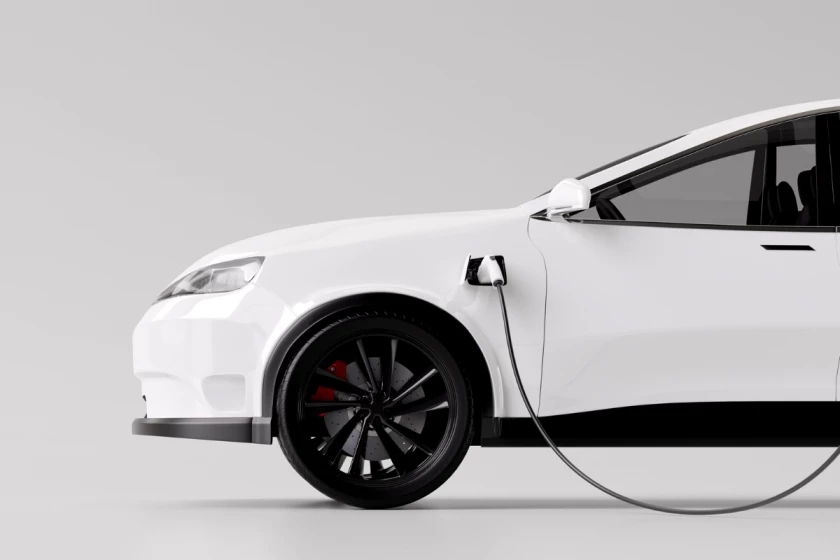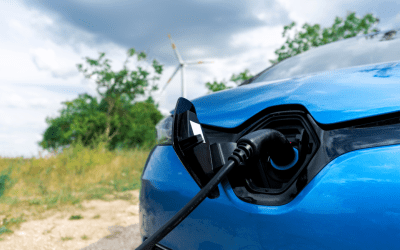
Electric vehicles (EVs) have been making headlines in the past few years. Of course, as with any hot new technology, people are eager to get their hands on it. But EV fans may experience doubts as they consider whether or not to buy an EV.
One of the most common reasons people do not buy an EV is that they can only go short distances before running out of power. According to a recent survey, 75% of consumers who do not currently own an EV are holding out because they do not want to be stuck without an EV charging station within their normal driving range. However, ‘short range’ is more like a myth than reality, and we will try to explain that in detail.
WHAT AFFECTS THE DRIVING RANGE FOR EVS?
Talking about EVs, it is essential to mention that some drivers manage to get more out of their cars than others. And many factors contribute to this. For example, temperature, driving speed, and EV charging infrastructure all play a role in determining how far you will get on a single charge.
One of the most important factors is the battery capacity inside your car. The battery capacity of your electric vehicle is determined by how much energy it can store and how quickly it can discharge it. The more energy a battery can store and release, the longer it will last between charges. Higher-capacity batteries generally provide more power for extended periods and better performance in cold weather conditions.
However, it is important to note that other factors can influence your driving range. Terrain – hills, and mountains will reduce your range due to the extra energy required for climbing them. Also, driving on bumpy roads can reduce your range as this causes more wear on the battery and tires.
Weather conditions – cold weather reduces range because it takes more energy to heat the cabin and battery than in warm weather.

Speed and driving style – the faster you drive, the more power you use and the faster your battery discharges. If you use the same amount of energy to operate at higher speeds, your battery will last longer.
Last but not least, vehicle size and weight – larger vehicles are not necessarily heavier, but they are more difficult to move than smaller ones because they have more mass. This means larger vehicles use more energy when accelerating from a stop or turning corners at higher speeds. In addition, heavier cars have less traction on snow and ice because they exert more force against the ground when turning corners or accelerating up hills.
WHICH ELECTRIC VEHICLE HAS THE LONGEST AND THE SHORTEST RANGE?
Regarding electric vehicles, the range is the key factor determining whether or not an EV is a good fit for your lifestyle. According to Eurostat statistics, the average daily driving distance in Europe is 50-70 km per day. This means that most EVs have enough battery capacity to cover your daily needs without recharge during the day. However, if you drive more than that, you will need to search for some options to fulfill your needs.
Though the average range of a modern EV is still limited to approximately 160 km (100 miles), some models can go up to 322 km (200 miles) between charges. Furthermore, some EVs have a range of up to 480 km (300 miles). To get an idea of how far an EV can go, let’s take a look at some popular EVs on the market today and their ranges.

